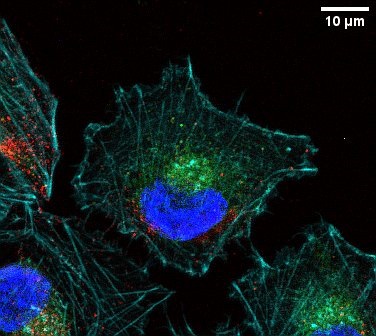Orion Constellation Shines Red in Spectacular Deep Space Image

On June 24, 2025, renowned astrophotographer Miguel Claro captured a breathtaking image of the Orion Constellation, which glows with a striking red hue due to the presence of hydrogen gas. This remarkable photograph was taken from the Dark Sky Alqueva Reserve in Portugal, a location known for its pristine night sky conditions. Claro, who serves as a European Southern Observatory Photo Ambassador and is also affiliated with The World At Night, has dedicated his career to showcasing the beauty of the cosmos through his lens.
The vibrant red glow in Claro's image is attributed to a filtered view of hydrogen alpha emission, a specific type of light emitted by hydrogen atoms. This phenomenon highlights the large, intricate semi-circle surrounding the three stars that constitute Orion's belt, known as Barnard's Loop (Sh2-276). This nebula, located approximately 1,600 light-years from Earth, spans about 300 light-years across. It is part of the larger Orion molecular cloud complex, which is rich in dust, hydrogen, and helium, serving as a prolific star-forming region.
Claro emphasized the challenges he faced in capturing this image, noting that the Orion constellation was setting early on the western horizon, which limited his window of opportunity. Over the course of several clear nights in February and March 2025, he collected a total of seven hours of data to produce this stunning visual. "I always wanted to make an image like this one that shows all the beautiful reddish hydrogen surrounding one of the most spectacular regions of the night sky as seen from Earth," Claro remarked.
The Orion constellation, often heralded for its celestial beauty, is home to several well-known astronomical features including the Horsehead Nebula, the Lambda Orionis Ring, and the Witch Head Nebula, located near the star Rigel. Claro's meticulous preparation involved utilizing a Samyang 35mm f1.8 lens, which he set up two months in advance to ensure optimal conditions for capturing the image.
In addition to Claro's artistic endeavors, this photograph sheds light on the scientific significance of the Orion region. According to Dr. Emily Fisher, an astrophysicist at the California Institute of Technology, the Orion molecular cloud complex is one of the most studied regions in the galaxy due to its role in star formation. "The intricate interplay of dust and gas within this region provides invaluable insights into the processes that govern star birth," Dr. Fisher stated in her 2024 paper published in the Astrophysical Journal.
The deeper understanding of such phenomena not only enriches our knowledge of space but also enhances the appreciation for the natural wonders that exist beyond our planet. The stunning visuals captured by Claro remind us of the beauty and complexity of the universe, sparking interest in both amateur and professional astronomy alike.
As technology advances, the possibilities for astrophotography continue to expand, allowing more individuals to engage with the night sky. Claro's work exemplifies this trend and serves as an inspiration for future generations of astronomers and photographers. With the growing accessibility of digital imaging technology, it is likely that similar breathtaking captures of celestial phenomena will become increasingly common.
In conclusion, Claro’s recent capture of the Orion Constellation not only highlights the aesthetic beauty of our universe but also underscores the ongoing scientific exploration of celestial phenomena. As we continue to study these regions, we gain a greater understanding of the cosmos and our place within it. The implications of these findings extend beyond simple observation, influencing fields such as astrophysics, cosmology, and even philosophy, as humanity seeks to comprehend the vastness and intricacies of the universe.
Advertisement
Tags
Advertisement





